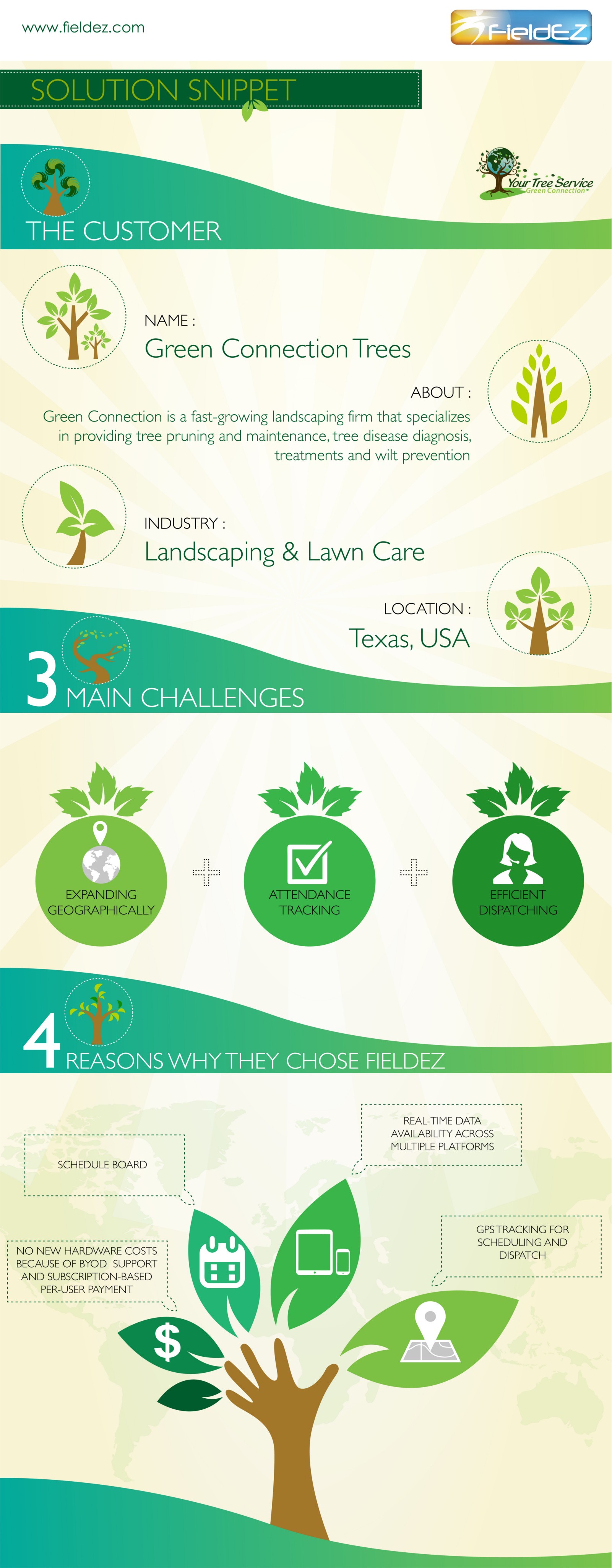Discover Just How To Keep A Flourishing Setting After Tree Removal
Discover Just How To Keep A Flourishing Setting After Tree Removal
Blog Article
Staff Writer-
When it pertains to seasonal tree care, making certain proper monitoring before and after removal can considerably impact the health and wellness and appearances of your landscape. By recognizing the necessary actions involved in examining tree wellness and planning for elimination, you can proactively protect your property. Yet what about the essential practices to adhere to once the tree is gone? Keep tuned to find the crucial post-removal care procedures that will help you grow a flourishing and lasting setting for your trees.
Pre-Removal Tree Care
Before addressing the elimination of a tree, it's critical to prioritize pre-removal tree care. Begin by examining the tree's wellness and architectural integrity. Search for signs of disease, pest infestations, or any architectural issues that may position a security risk throughout removal. It's vital to consult with a qualified arborist to determine the very best strategy.
Pruning dead or infected branches can stop further damages to the tree and make sure a smoother elimination process.
Furthermore, consider the environmental effect of eliminating the tree. Trees play an essential role in our community, so planting a new tree in a suitable place can aid counter any kind of loss. Ensure that you have the essential permits and permissions for tree elimination, especially if the tree is secured by regional guidelines.
Seasonal Maintenance Tips
Examining your tree's requirements throughout the year is important for its health and longevity. To maintain your trees in leading problem, adhere to these seasonal maintenance ideas.
In springtime, concentrate on trimming to eliminate dead or damaged branches and encourage new development.
Summer requires regular watering, specifically during dry spells, to guarantee your tree stays hydrated.
As autumn methods, watch out for early signs of illness or tension, and consider using mulch to protect the origins throughout wintertime.
In winter season, beware when eliminating snow from branches to prevent damage, and continue to check your tree's general health and wellness.
Remember to change your care routine based on the details demands of your tree species and neighborhood climate. By remaining mindful and positive throughout the seasons, you can help your trees prosper and thrive for several years to find.
Post-Removal Tree Care
To ensure the wellness of your landscape also after tree elimination, proper post-removal care is vital. After a tree is removed, it's important to load the continuing to be hole with topsoil and portable it to avoid settling. This will certainly help preserve the stability of the ground and prevent possible risks in the future.
Consider growing relevant resource site -new plants instead of the gotten rid of tree to restore the equilibrium and appearances of your landscape. Frequently water the location to promote the growth of new plants and avoid soil erosion.
Evaluate the bordering trees for any indications of disease or tension that may have been caused by the gotten rid of tree. Keep an eye out for bugs that might've been brought in to the previous tree and take safety nets to secure the continuing to be plants.
If required, consult with an expert arborist to assess the effect of the elimination on the surrounding trees and figure out any extra care required. By complying with https://gasrockdigordie17395.slypage.com/31738731/comprehensive-overview-to-tree-trimming-crucial-tips-for-a-lusher-landscape -removal treatment actions, you can ensure the ongoing health and beauty of your landscape.
Final thought
To conclude, proactive seasonal tree care is crucial for keeping the wellness and equilibrium of your landscape. By examining tree health, pruning, and speaking with an arborist prior to removal, you can guarantee a safe process. After elimination, filling up the hole, planting new vegetation, and routine watering will promote new growth and stop erosion. Remember to inspect bordering trees for illness and look for further care actions from an arborist to keep your landscape thriving.
